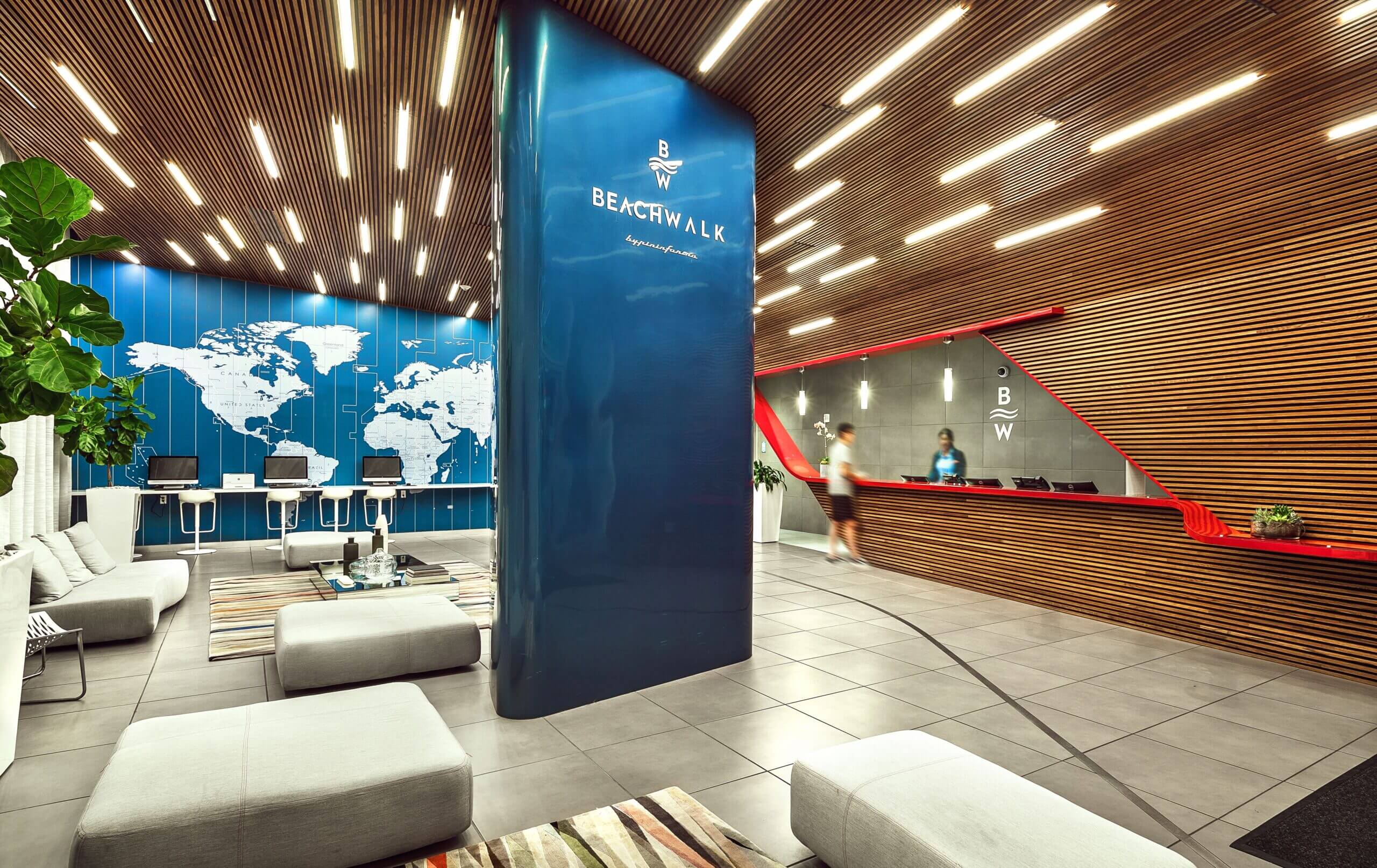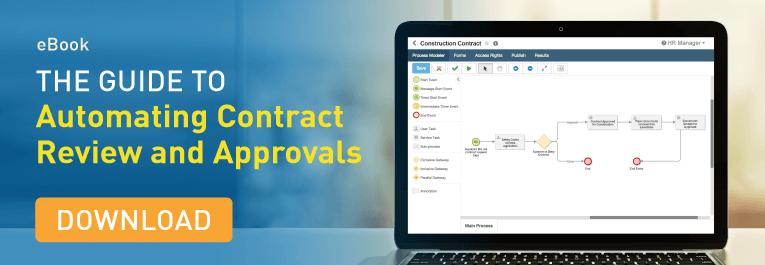Accounts payable (AP) has been an essential part of business for decades. However, today’s organizations have more expected of them in the digital age – vendors now often want payment almost instantly and at the same time completely without error.
To keep up with the changing demands thrust upon modern AP departments, many organizations have used automation software to streamline their processes. However, AP is an incredibly complex process that may still require some manual work.
One of the largest challenges for traditional AP automation is processing data from invoices when the format changes from document to document. Oftentimes organizations design custom solutions to solve this problem. Still, they may take months of setup before AP teams can see value.
However, technology is always evolving. New software can now harness the power of artificial intelligence to recognize not just one type of invoice, but virtually any invoice format sent its way. These new, cutting-edge tools are a boon to organizations looking for a more thoroughly automated AP process, freeing up staff to focus on strategic initiatives and new ideas instead of occupying themselves with busywork.
How AI Makes AP Better
Machine learning is a specific type of AI, used across a variety of industries, from healthcare, to government, technology and finance. The most common way for ML to work is to examine a large data set (say, for example, 1,000,000 photos of various animals) and then find patterns that result in a desired output (for example, which of those photos featured a dog.)
Going back to the challenge of processing invoices, the machine learning solution to this problem works similarly. By examining a wide variety of invoices, the ML algorithm can be trained or instructed to recognize particular patterns, learn from them, and understand fundamentally what makes an invoice, an invoice.
With this knowledge, the ML algorithm, given a group of invoices where no two are formatted the same, would still be able to identify and extract data – such as invoice number, invoice date and vendor name – from each document in the set.
Benefits of using AI for Invoice Processing
Using process automation software with AI technology offers a wide variety of tangible benefits for your organization, such as:
Accurate information: Easily extract invoice information such as invoice date, PO number, invoice number and total due.
Realize ROI faster: Implement a faster AP solution that doesn’t require extra effort to recognize different invoice formats.
Boost productivity: Minimize error-prone data entry by automatically pushing invoice data to enterprise applications.
Protect against fraud: Identify invoice discrepancies early with automated data validation against previously approved POs.
Improve cash flow: Shorten payment cycles and avoid late fees by automating reminders and streamlining payment processing.
Go Beyond What Was Possible with AI
AI technology allows you to go beyond what was possible before with AP automation. Adding the ability to recognize different invoice formats to your workflows can enable your organization to be more agile, adaptive, and efficient when it comes to paying out to vendors.
Want to see for yourself how Laserfiche® can transform your AP department with AI? Test out this technology with our invoice examples or one of your own on our smart invoice capture page.


 Operational procedures are automatically documented because they live on the Laserfiche form used for the process. Because the process is digital, it’s also consistent. With workflow logic built into the process, steps don’t get forgotten or skipped. And the firm is able to keep track of things at all times using dashboards to monitor the status of requests. “It actually helps us onboard new employees as we’re trying to grow—it becomes a type of training tool, because the process helps you drive what’s needed,” Arya said.
Operational procedures are automatically documented because they live on the Laserfiche form used for the process. Because the process is digital, it’s also consistent. With workflow logic built into the process, steps don’t get forgotten or skipped. And the firm is able to keep track of things at all times using dashboards to monitor the status of requests. “It actually helps us onboard new employees as we’re trying to grow—it becomes a type of training tool, because the process helps you drive what’s needed,” Arya said.







